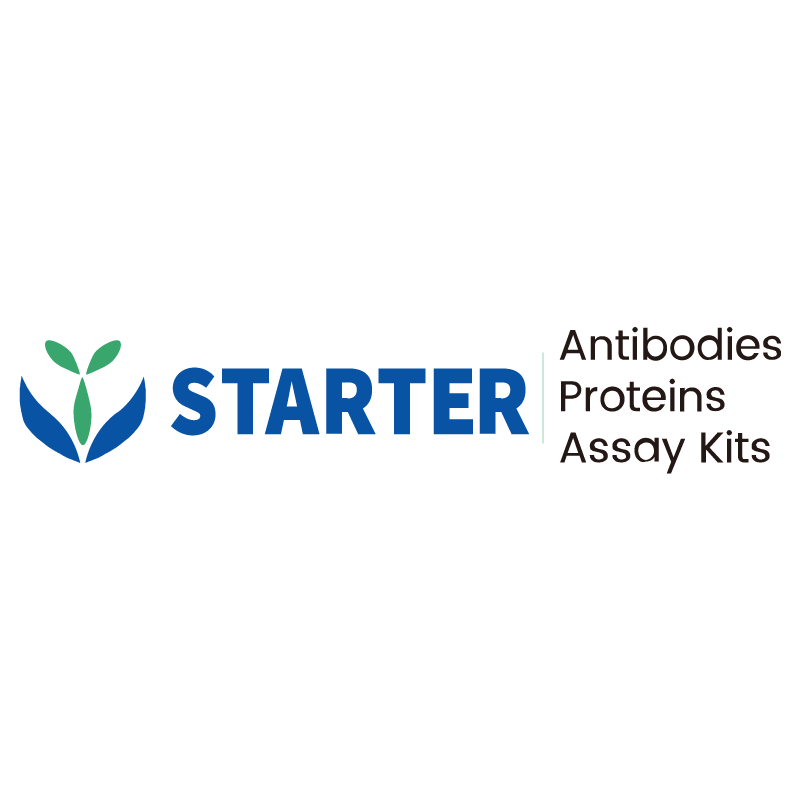WB result of Prolactin receptor Rabbit pAb
Primary antibody: Prolactin receptor Rabbit pAb at 1/1000 dilution
Lane 1: MDA-MB-231 whole cell lysate 20 µg
Lane 2: T-47D whole cell lysate 20 µg
Negative control: MDA-MB-231 whole cell lysate
Secondary antibody: Goat Anti-rabbit IgG, (H+L), HRP conjugated at 1/10000 dilution
Predicted MW: 69 kDa
Observed MW: 90 kDa
Product Details
Product Details
Product Specification
| Host | Rabbit |
| Antigen | Prolactin receptor |
| Synonyms | PRL-R; PRLR |
| Immunogen | Synthetic Peptide |
| Location | Secreted |
| Accession | P16471 |
| Antibody Type | Polyclonal antibody |
| Isotype | IgG |
| Application | WB |
| Reactivity | Hu |
| Positive Sample | T-47D |
| Purification | Immunogen Affinity |
| Concentration | 0.5 mg/ml |
| Conjugation | Unconjugated |
| Physical Appearance | Liquid |
| Storage Buffer | PBS, 40% Glycerol, 0.05% BSA, 0.03% Proclin 300 |
| Stability & Storage | 12 months from date of receipt / reconstitution, -20 °C as supplied |
Dilution
| application | dilution | species |
| WB | 1:1000 | Hu |
Background
The prolactin receptor (PRLR) is a single-pass transmembrane cytokine receptor of the hematopoietic cytokine receptor superfamily that dimerizes upon binding its ligand prolactin, activating downstream JAK2–STAT5, MAPK and PI3K–AKT signaling cascades to regulate mammary gland development and lactation, reproductive behavior, immune modulation, and metabolic homeostasis in target tissues including breast, ovary, prostate, liver and adipose; structurally it comprises an extracellular N-terminal domain with two conserved disulfide-bridged cytokine receptor homology modules and a WSXWS motif critical for ligand recognition, a short transmembrane helix, and an intracellular cytoplasmic tail containing Box1/2 motifs required for JAK2 docking and phosphorylation of conserved tyrosines that recruit STAT5 and other signaling adaptors, while alternative splicing and proteolytic cleavage generate soluble isoforms that modulate prolactin bioavailability, and genetic or epigenetic dysregulation of PRLR expression or signaling is implicated in breast and prostate tumorigenesis, making it a potential therapeutic target.
Picture
Picture
Western Blot


